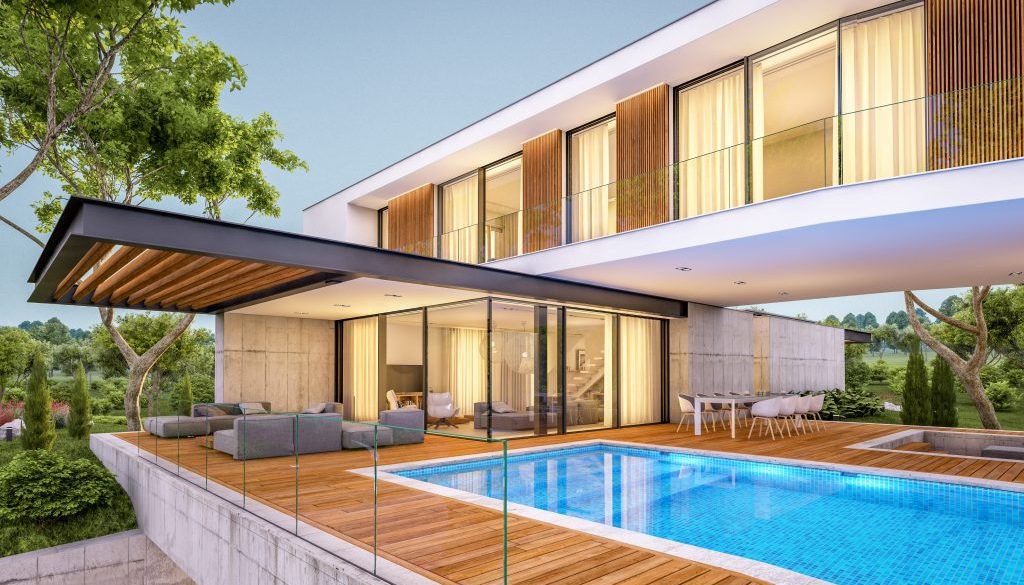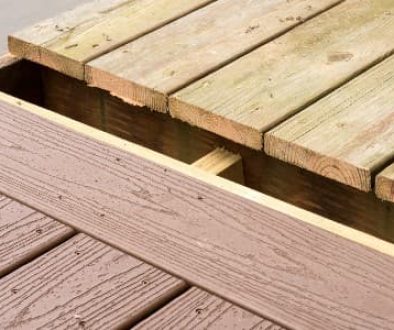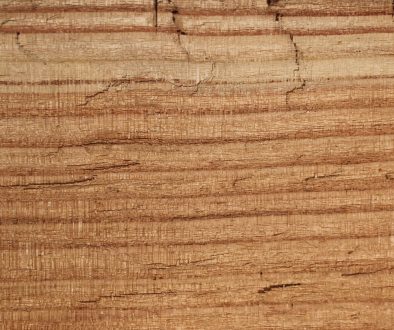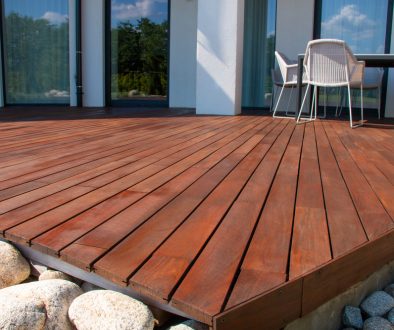6 Reasons Why You Should Choose Garapa Wood For Your Next Outdoor Living Project
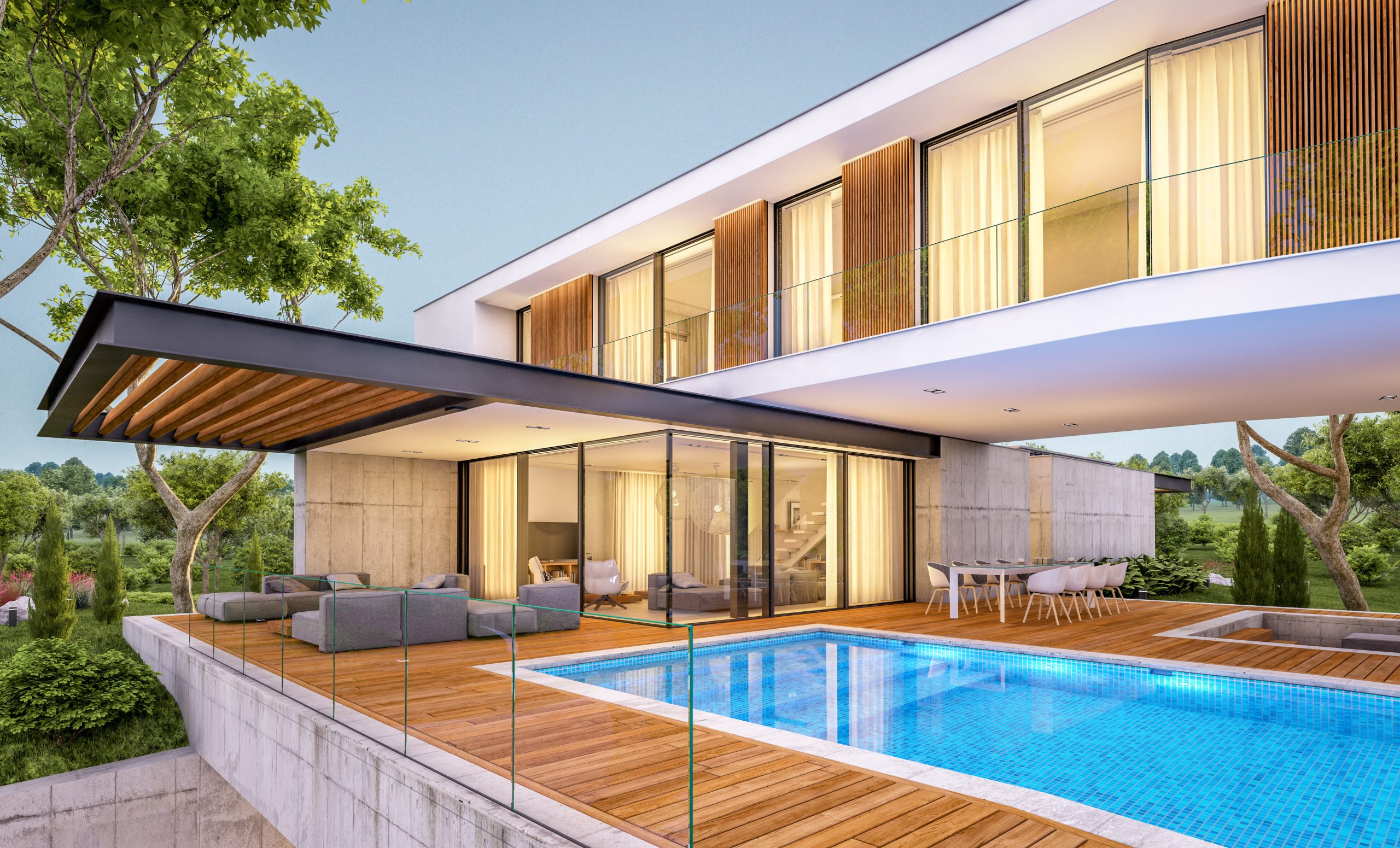
6 Reasons Why You Should Choose Garapa Wood For Your Next Outdoor Living Project
When it comes to selecting the ideal material for your deck, the choices can be overwhelming. There are traditional softwoods like cedar, cypress, and redwood. And then there are tropical hardwoods like ipe, cumaru, tigerwood, and garapa. And you even have the choice of composites (TimberTech, Trex) and PVCs which makes the choice that much harder. With each wood and wood-alternative comes benefits and drawbacks—from the cost to lifespan to maintenance and aesthetics, it can be hard to feel content in your choice without proper research.
One of these categories comes out on top in terms of its natural beauty, lifespan, and functionality and that is tropical hardwoods. Tropical hardwoods like garapa, ipe, and cumaru stand out because of their origins. From the South American forests, these tropical hardwoods have a high density that makes them great for outdoor applications.
But even within one category, it can be hard to choose which species to use in your upcoming projects. In this blog, we’ll delve into the least known of the three, garapa, a high-density hardwood native to South America, and explore why it’s becoming a top choice for homeowners, builders, and architects.
What is Garapa Wood?

Garapa, scientifically known as Apuleia leiocarpa, is a tropical hardwood ranging from 65 to 100 feet in height and a trunk diameter of 3 to 5 feet. Unlike the rich brown and reddish brown hues of ipe and cumaru, garapa wood boasts a distinctive golden to yellowish-brown color that darkens with age. Its grain is typically straight, offering a uniform medium texture with moderate level of shine (not too dull or glossy).
Like ipe and cumaru, garapa makes for a great material to use for decking and siding projects. But what sets garapa apart from its tropical hardwood counterparts? Below are the 6 main reasons to choose garapa for your outdoor living spaces.
6 Top Reasons To Choose Garapa Wood for Your Outdoor Living Spaces:
1. Budget-Friendly:
Garapa provides a high-end aesthetic at a fraction of the cost of other hardwoods like ipe and cumaru, making it an excellent choice for builders and homeowners alike on a strict budget. For example, in comparison to ipe, garapa is 35-40% cheaper on average, and in comparison to cumaru, garapa is 10-20% cheaper on average.
While ipe and cumaru are undeniably denser, garapa is still a lot denser than traditional softwoods used for decking and siding, such as redwood and cedar, which may be more comparable in terms of pricing. This means that you’re getting a much denser wood that will last longer for a comparable price to traditional softwoods.
2. Natural Beauty:
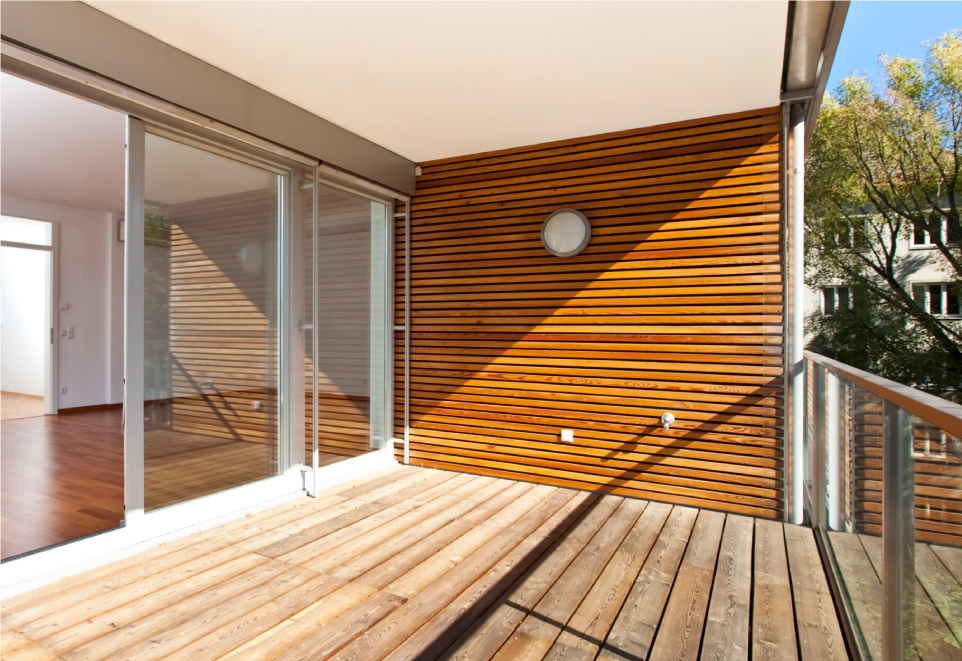
Renowned for its stunning golden color, garapa’s appearance is lighter than other exotic hardwoods. Its unique grain patterns and texture make each deck one-of-a-kind, adding a natural and elegant touch to any outdoor space.
Lighter woods are going to come back this upcoming year, according to OC-based landscape designer Amy Belt, who sat down with us recently for a Q&A about her wood predictions for 2024. So, while many people choose ipe and cumaru for their distinctive darker hues, garapa gives those looking for lighter, brighter color palettes a wood material that is not only dense, budget-friendly, and beautiful, but also fitting for their aesthetics and design choices.
While ipe and cumaru are great woods for more modern and sophisticated homes, garapa gives those looking for fresher and brighter spaces the ability to complement their decks, siding, or ceilings to other parts of their outdoor living spaces.
3. Long-Lasting Durability:
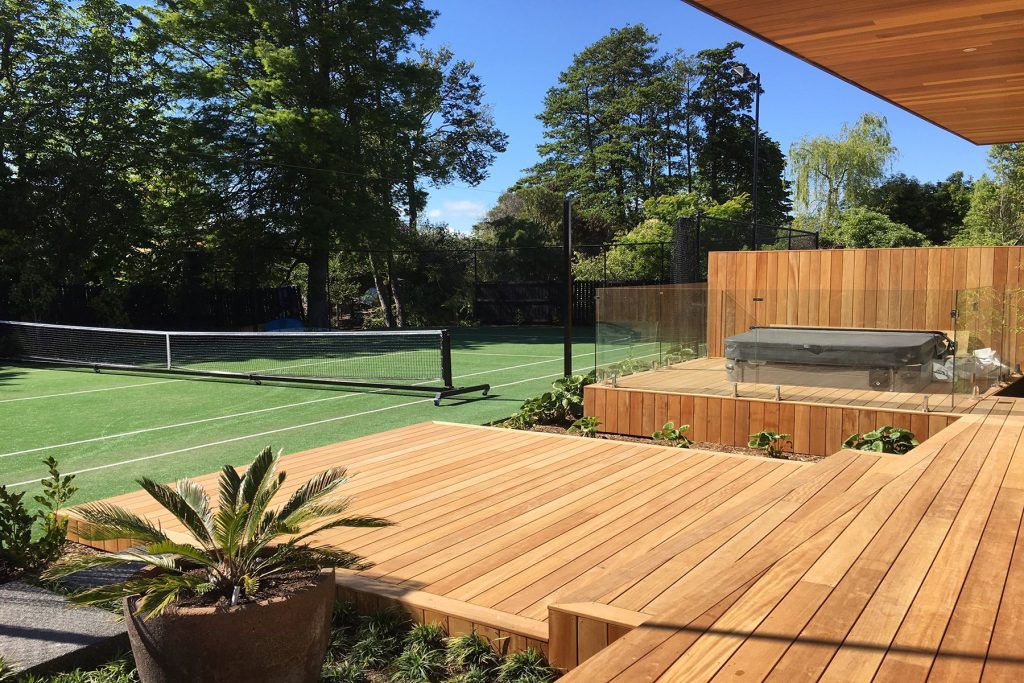
With a janka hardness of 1,650 lbf, garapa wood is naturally resistant to rot, decay, and scratches, ensuring a long-lasting and low-maintenance deck, according to the Wood Database. Like other tropical hardwoods (ipe, cumaru) and unlike softwoods (cedar, redwood), garapa has natural oils that make it resistant to environmental threats that would negatively affect the functionality and aesthetics of the deck or siding.
Unlike softwoods that experience rapid growth, tropical hardwoods like garapa, ipe, and cumaru undergo a gradual maturation process that therefore makes the respective species denser and more resistant to environmental threats.
When investing in your outdoor living spaces, you want to make sure that the investment will have a low cost of maintenance over time. Opting for durable materials like garapa and other tropical hardwoods not only ensures a visually appealing outdoor space but also minimizes the need for frequent and costly maintenance. Choosing materials wisely today can lead to a more cost-effective and enjoyable outdoor experience in the years to come.
4. Safety First:
Garapa’s high density and resistance to splintering make it a safe choice for families that want to ensure their children are safe in their own backyards. Softwoods have a higher likelihood of splintering because of their lower densities which can lead to unfortunate accidents. Parents deserve to not worry about their children’s physical safety in their own homes and garapa decks provide an ideal solution to fit this essential need.
Moreover, the natural coolness of garapa wood and other hardwoods adds an extra layer of assurance, allowing children to run and play barefoot without the concern of discomfort or heat-related issues. As parents invest in their homes and outdoor spaces, opting for garapa decks becomes a proactive decision, striking a balance between aesthetics and the well-being of their family.
With garapa, parents can confidently create a haven where their children can thrive, fostering cherished memories without the constant worry about their physical safety.
5. Low Maintenance:
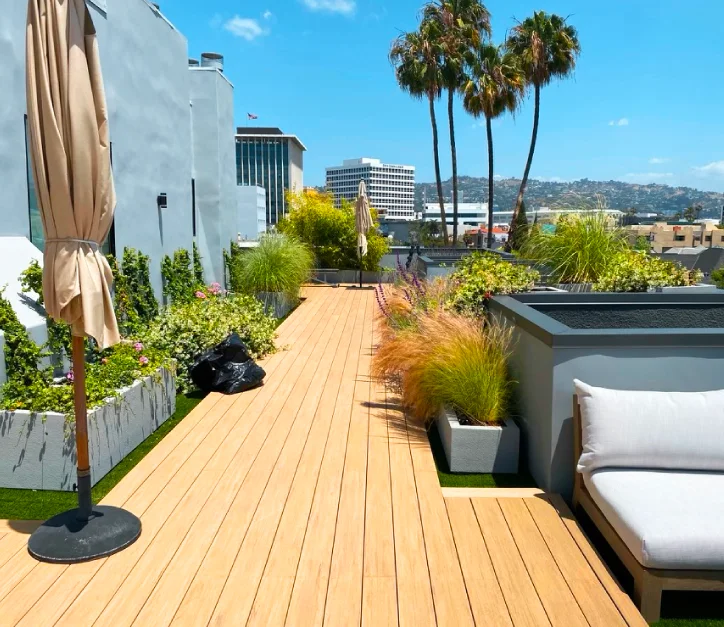
Although no natural wood deck is entirely immune to maintenance, garapa wood stands out for its remarkably low upkeep requirements. Sustaining the beauty of your garapa deck is a straightforward process, involving regular cleaning with soap and water and an annual refinishing with exotic hardwood oil. This minimal maintenance routine ensures the preservation of its natural color, allowing you to revel in a stunning deck for years to come.
At Brazilian Lumber, we recommend and stock Penofin and Ipe Oil as exceptional UV-protectant oils for maintaining the longevity of your tropical hardwood decks. Both ipe and garapa tend to acquire more grayish tones when exposed to sunlight, but by diligently oiling your deck every 6 months to a year, you can effortlessly restore its original, captivating color.
This simple maintenance approach not only safeguards the wood but also guarantees that your garapa deck remains an exquisite and inviting feature of your outdoor living space for many years to come.
6. Versatility of Garapa wood:
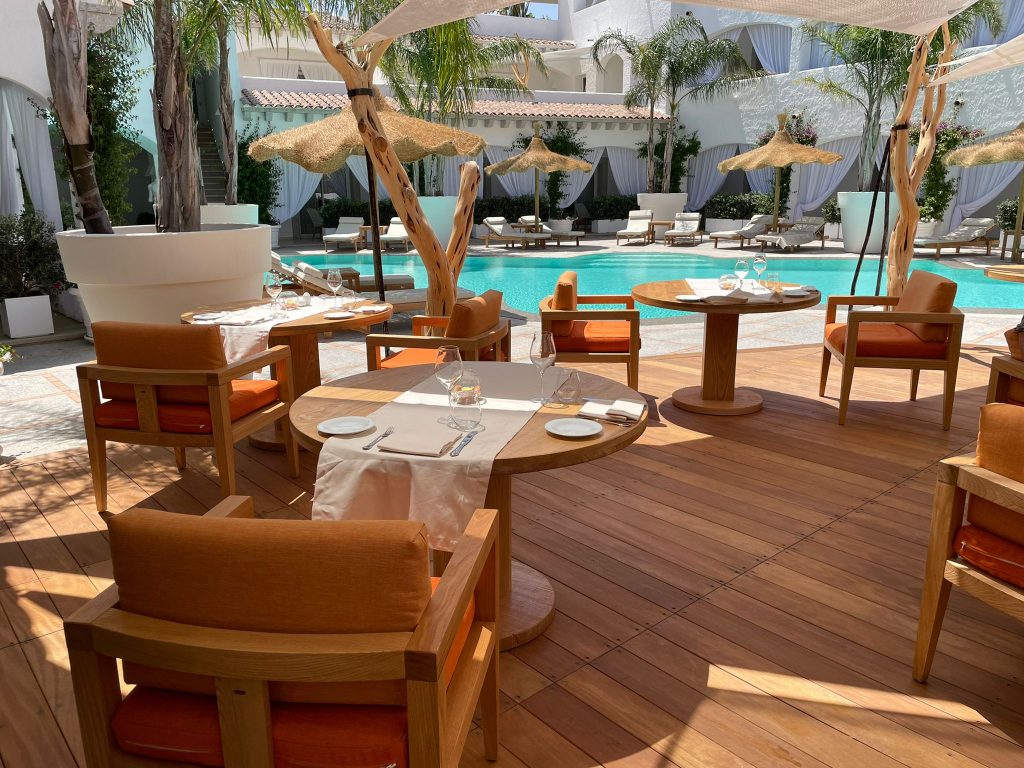
Beyond decking, garapa’s versatility shines. Whether used for siding, pergolas, gates, or in fluted or regular forms, this hardwood provides a myriad of design possibilities.
Brazilian Lumber, as a direct importer of garapa, offers the best prices and the largest inventory, empowering clients to embark on beautiful projects.
Garapa wood is not just a deck material; it’s a statement of beauty, durability, and affordability. As the light, natural colors of garapa trend into 2024, it’s time to consider this Brazilian treasure for your outdoor projects. Brazilian Lumber’s direct import ensures the best prices, enabling you to transform your vision into reality with the highest quality tropical hardwoods.

